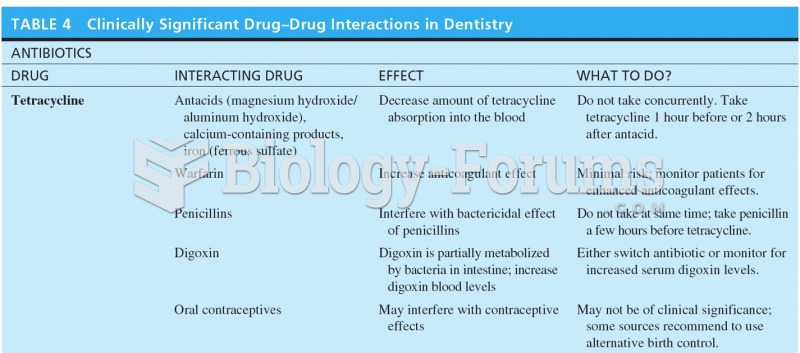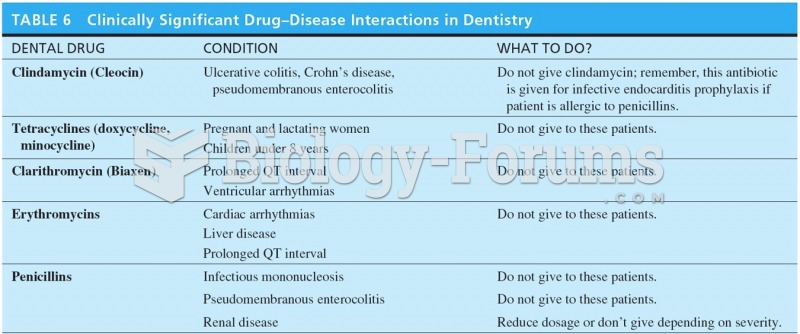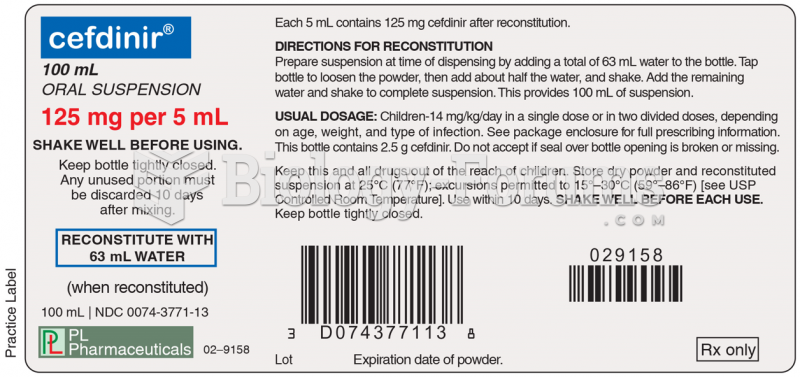Answer to Question 1
In the past four decades, a variety of laws have been passed. In 1984 federal legislation was enacted that placed considerable pressure on states to raise the minimum drinking age to 21 years; states that do not comply risk losing federal matching funds for highways. All states have now raised the minimum drinking age to 21. Most states have reduced the legal alcohol levels required for conviction of drunken driving and toughened penalties for driving while intoxicated. With regard to tobacco, most states have passed clean indoor air laws, requiring nonsmoking areas in restaurants and, in many cases, banning smoking entirely in public places. To combat illegal drugs, various state and local governments established a policy of confiscating property (such as cars or boats) used to carry or store drugs, even small amounts of marijuana for personal use. Drug testing in the workplace is becoming more widespread.
Answer to Question 2
In 1986 the President's Commission on Organized Crime recommended that both government and private industry launch drug-testing programs for employees. The commission asserted that such examinations would help curb a drug abuse epidemic that drains billions of dollars annually from American society and erodes the nation's quality of life. Many major U.S. companies require applicants or employees to provide urine for an analysis that can detect the use of such drugs as cocaine, marijuana, heroin, and morphine. The tests are also given in the military, in a few sensitive federal agencies, and in many drug-treatment facilities. Local governments in many communities are now requiring random drug testing of employees in certain job categories, such as bus drivers. Professional baseball, basketball, and football organizations also have drug-testing programs.
Drug-testing programs are recommended in the interest of safety, health, and increased productivity. The programs are a clear signal that companies are serious about addressing the hazards caused by drugs.
Employees who test positive are generally given an opportunity to enter treatment programs. If further drug tests reveal continued use of illegal drugs, the employee is usually discharged. Opponents of drug testing assert that such programs violate civil liberties, including the Constitution's ban on unreasonable searches.







